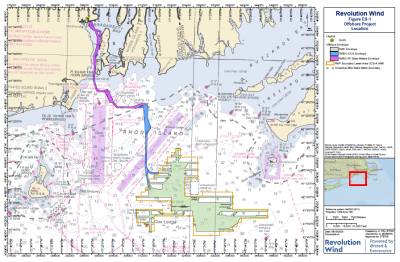The Government Accountability Office (GAO) has issued a report on maritime infrastructure in the U.S. Arctic and its potential impact on commercial activity in the region over the next decade.
Commercial U.S. Arctic maritime activities are expected to be limited for the next 10 years, according to industry representatives, due to a variety of factors. Interviews with industry representatives highlighted a variety of general challenges related to operating in the Arctic, such as geography, extreme weather and hard-to-predict ice floes. Industry-specific factors were also cited as contributing to limited commercial activity. For example, shipping companies noted higher costs with Arctic transit; cruise industry groups noted a lack of demand for Arctic cruises from the mainstream cruise-consumer base; and oil companies last drilled offshore exploratory wells in the U.S. Arctic in 2012.
Although the activity will likely be limited, federal, state and local stakeholders have taken some actions to plan for future maritime-infrastructure investments. Some of these actions address factors that, as identified by industry representatives, contribute to the current and expected limited maritime activity in the U.S. Arctic. For example, the U.S. Army Corps of Engineers, in collaboration with the state of Alaska, has taken steps to study the development of an Arctic deepwater port. The lack of a deepwater port has been identified by mining representatives as contributing to the expected limited mining activity in the U.S. Arctic. The U.S. Coast Guard is in the preliminary phase of seeking to acquire a new polar icebreaker, which could be used for emergency response, research assistance or patrols. The National Oceanic and Atmospheric Administration and the state of Alaska are working to improve mapping, charting and weather information for the U.S. Arctic.




